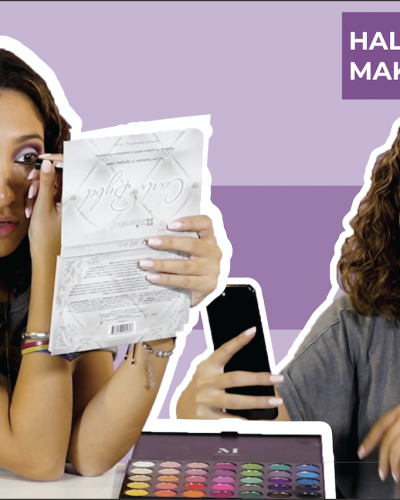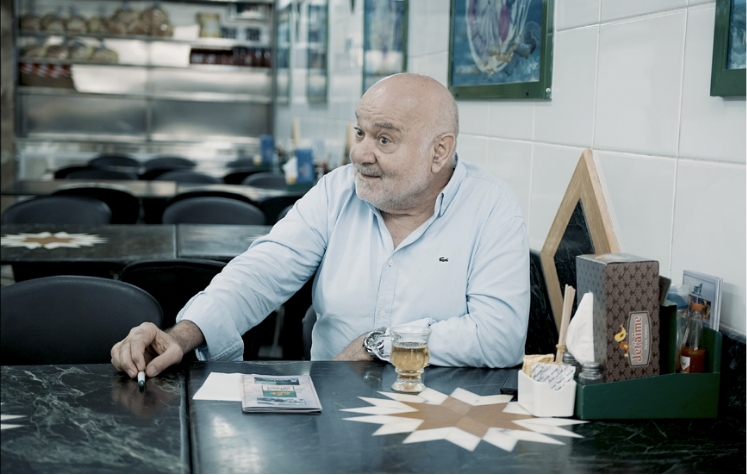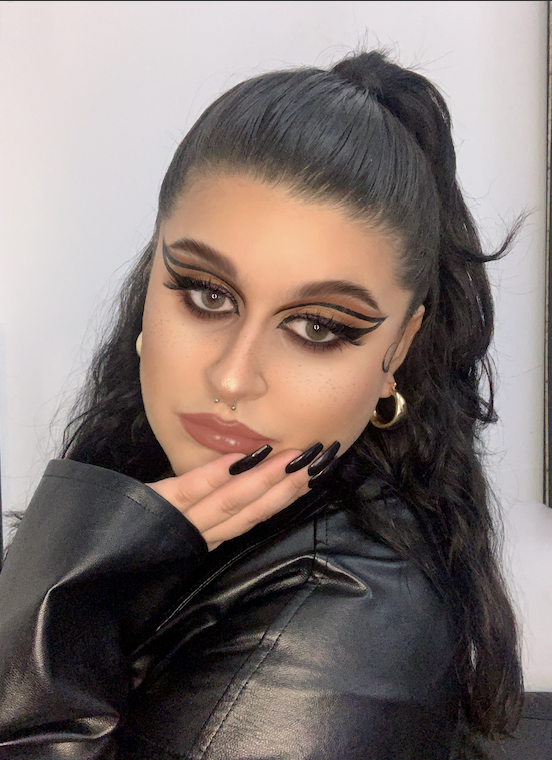You Will Defs Like these too
Life Video of The Day

Rund's Halloween Makeup TutorialOct.27.2020
New at The Modern East
Sign Up To Our Newsletter
[ninja_forms_display_form id=20]

Graffiti is a form of artistic expression on a wall or surface that has been around for millions of years. Believe it or not, some actually believe that graffiti dates all the way back to ancient Egypt when hieroglyphics were used to communicate messages on walls of tombs and so on – after all, it does coincide with the definition of the term. Graffiti is practiced in many regions around the world and has been taken up recently as an art form in regions of the Middle East but in a very different style than what you see on the walls of US states, or in European regions.


Calligraffiti is the most popular form of Arabic Graffiti. The art form fuses calligraphy with Western-style graffiti and can be found in many regions of the Middle East with messages from the Holy Quran, Arabic quotes, and more making the art of calligraphy approachable and sparking interest in millennials in a different light.
The term calligraffiti became popular through the French-Tunisian street artist known as El Saeed who uses his distinctive style to spread messages of peace, unity and to underline the commonalities of human existence. His artwork can be found all over the world and consistently aim at unifying communities and redressing stereotypes.

Which brings us to the next style of Arabic Graffiti – using it as a form of resistance and politics. Construction of new collective memories in public, before and after the Arab uprisings, exhibits the fleeting nature of resistance and its prevailing impact in challenging systems of power and notions of social space.
Graffiti for Resistance is commonly found in regions such as Palestine, Lebanon, and Iraq. The Picture above depicts the resistance movements of Palestinians and is part of a collective work of mural art in the region.

Though it is evident that Middle Easterners use the art of graffiti for different forms of expression, the typical use of it being used as an art form does exist in many regions. One of the most popular symbols in Arabic Graffiti relates to pop culture or music in the region. For instance, one of the most prominent symbols of Arabic music – Egyptian singer, Umm Kalthum.
The Picture above is what looks like a stencil mural of the popular singer in the streets of Beirut, Lebanon. Murals of Umm Kalthum can be found in many regions of the Middle East, such as Amman, Dubai, and of course, her home-country Egypt.
For more on Arabic graffiti, we love this documentary directed by Lebanese film student at the American University in Dubai, Caline Maalouf – check it out here!

